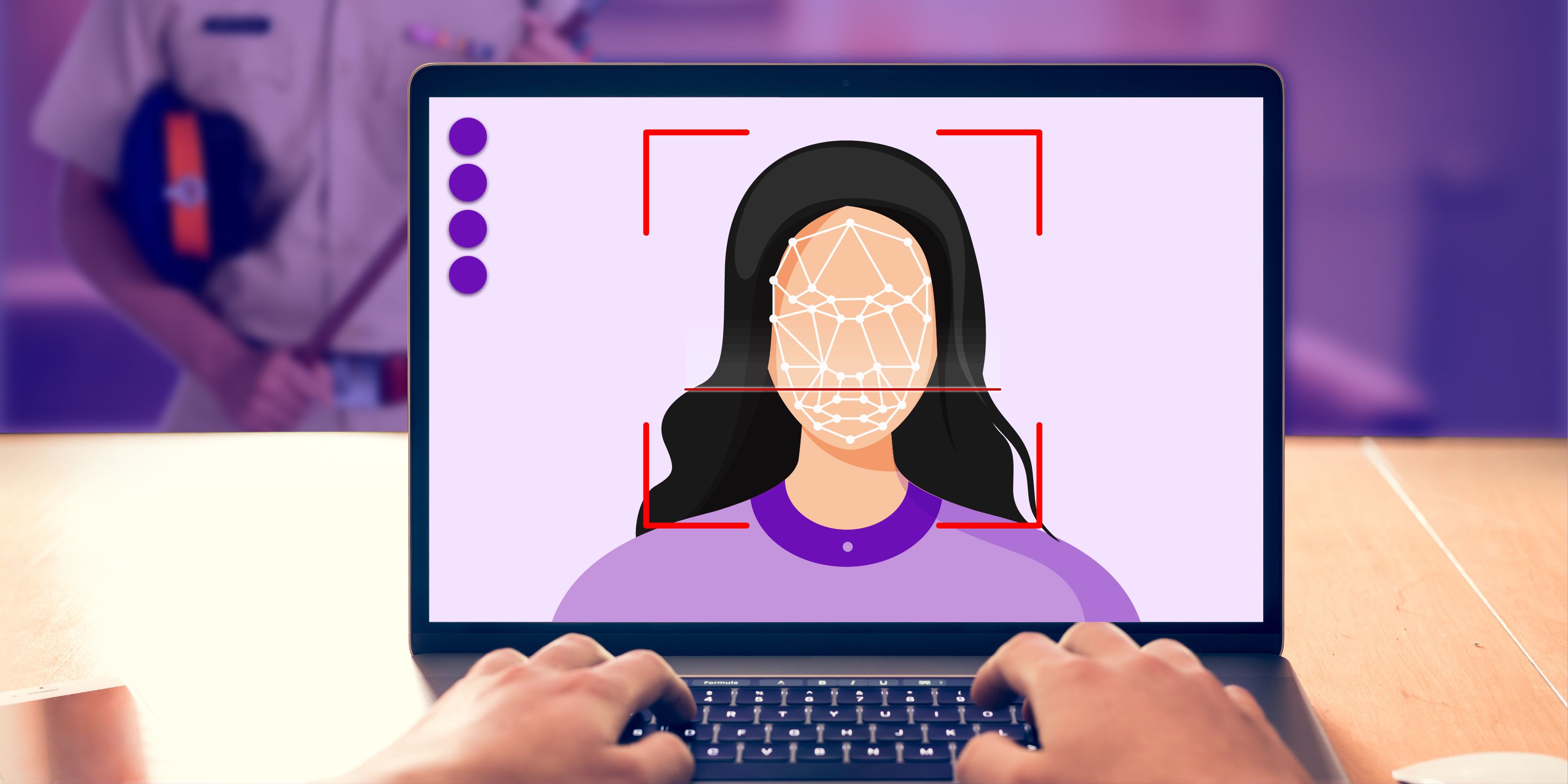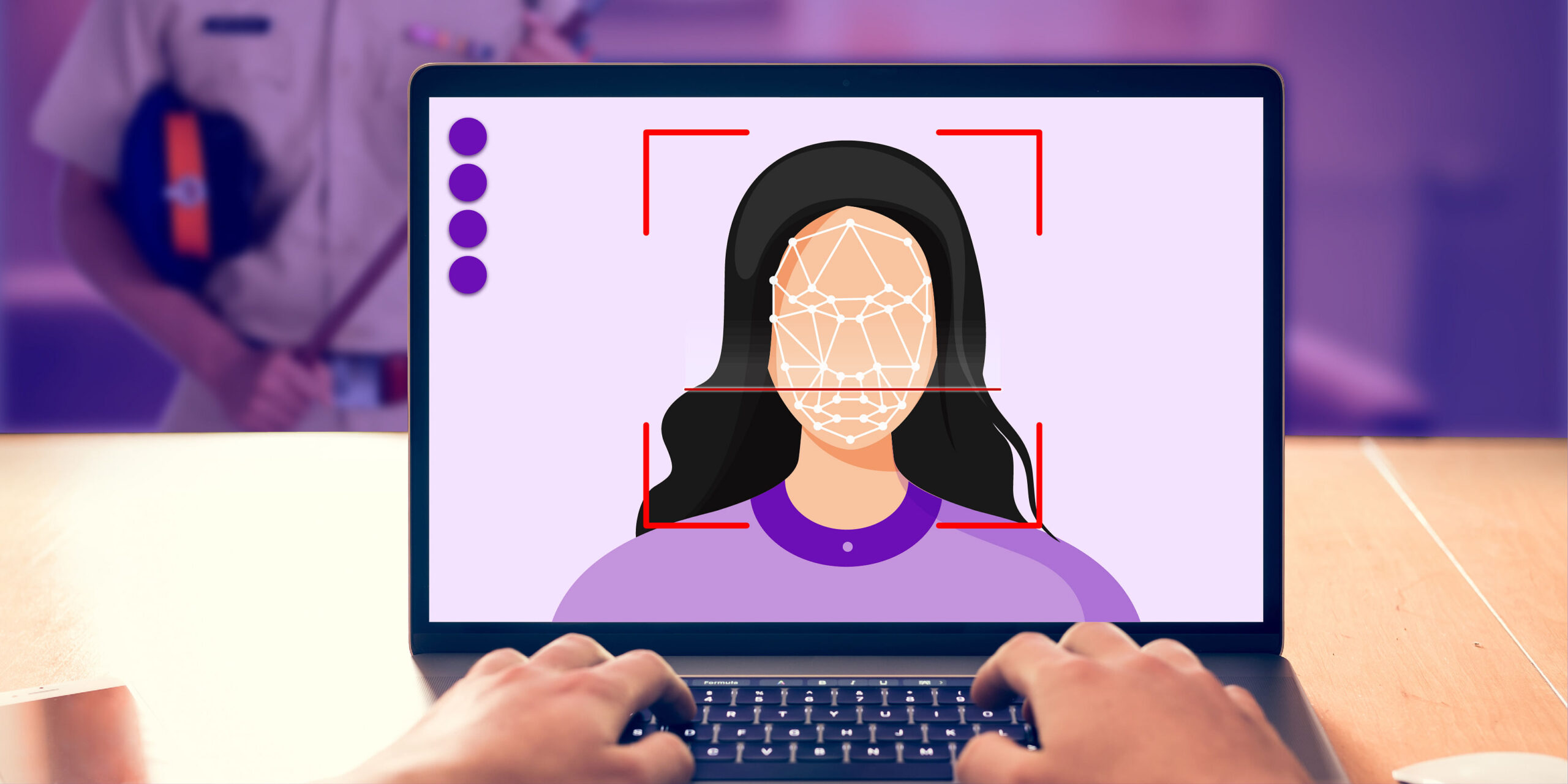
In the dynamic landscape of cyber threats, a sinister force has emerged, blurring the boundary between reality and illusion—deepfake scamming. From Shakespeare to Spielberg, deception has always been part of the game. Deepfakes are just the latest iteration of this age-old human desire to bend reality to our will.
Fueled by advanced technology, this perilous menace has the potential to ensnare anyone, from individuals to entire organisations. This tech-savvy exposé delves into the intricacies of deepfake scammers, their artful manipulation, the imminent threat they pose, potential targets, and proactive measures to fortify against this burgeoning cyber fraud.
Craft of deepfake scammers
In the digital arena, deepfake scammers wield the tools of illusion with mastery. Leveraging the dark arts of artificial intelligence, they deploy machine learning algorithms to craft deceptively authentic fake videos, audio recordings, and text messages. From mimicking your loved ones to emulating high-ranking officials, their repertoire extends into the realm of digital sorcery.
Imagine a video call from your best friend, seemingly aged ten years overnight, stranded in a foreign country and in desperate need of financial assistance. As you prepare to be the hero, your cat nonchalantly strolls into the frame, and your “friend” mistakes it for a dog. That’s the moment the deepfake scam reveals its cunning facade.

.thumbnailWrapper
width:6.62rem !important;
.alsoReadTitleImage
min-width: 81px !important;
min-height: 81px !important;
.alsoReadMainTitleText
font-size: 14px !important;
line-height: 20px !important;
.alsoReadHeadText
font-size: 24px !important;
line-height: 20px !important;

Menace unleashed
The inherent danger of deepfake scamming lies in its potential to unleash chaos and confusion. These digital illusionists exploit their powers for a multitude of malicious purposes—disseminating false information to manipulate public opinion, impersonating corporate executives for fraudulent gains, or resorting to blackmail by threatening to release fabricated compromising content.
Echoing the sentiments of George Carlin, some individuals see the world as it is and ask ‘why,’ others dream of what never was and ask ‘why not,’ and then there are those who, occupied with the daily grind, lack time for such contemplation. Deepfake scammers fall into the latter category, singularly focused on exploiting trust and gullibility.
Who falls prey to deepfake scams?
Deepfake scams cast a vast net, ensnaring not only high-profile figures like politicians and celebrities but also everyday individuals, social media enthusiasts, employees, and even the tech-savvy. Manipulating human emotions such as empathy, curiosity, and the innate desire to assist, these cyber illusionists recognise that even the most discerning individuals can be deceived, echoing Mark Twain’s humorous insight about the perils of certainty.
How to Protect Yourself
Shielding against the perils of deepfake scams demands a strategic blend of vigilance, awareness, and robust cybersecurity practices. Equip yourself with the following proactive measures:
- Stay tech-informed: Keep abreast of the latest advancements in deepfake technology and emerging scams; awareness is your digital armour.
- Identity verification: When confronted with unusual requests, especially via video call, employ trusted channels to verify identities. Avoid hastily divulging sensitive information or funds.
- Digital scepticism: Maintain a healthy scepticism toward unsolicited messages or requests that seem too good to be true. Deepfake scammers thrive on exploiting curiosity and the quest for quick solutions.
- Cybersecurity fortification: Strengthen your online security with robust, unique passwords, enable two-factor authentication, and maintain the latest software updates for your devices.
- Knowledge sharing: Disseminate information about deepfake scams within your network. The more informed people are, the less susceptible they become.
- Prompt reporting: If you suspect encountering a deepfake scam, promptly report it to relevant authorities or organisations—early intervention can mitigate further damage.
Nexus of technology and human intuition
In navigating the digital age, the power of technology to craft convincing illusions must coexist with human intuition and critical thinking. As Kurt Vonnegut wisely noted, “We are what we pretend to be, so we must be careful about what we pretend to be.” Deepfake scamming serves as a stark reminder to remain ever-vigilant and circumspect, outsmarting those who seek to deceive in the digital realm.
In conclusion, the escalating threat of deepfake scamming demands unwavering attention and diligence. By comprehending the tactics of these cyber illusionists, recognising the pervasive danger, acknowledging the universality of potential targets, and actively adopting measures to protect themselves, individuals can stand resilient against digital chicanery. Stay vigilant, stay secure.
(Pankit Desai is the Co-founder and CEO of Sequretek, a Mumbai-based cybersecurity startup.)
Edited by Kanishk Singh
(Disclaimer: The views and opinions expressed in this article are those of the author and do not necessarily reflect the views of YourStory.)










